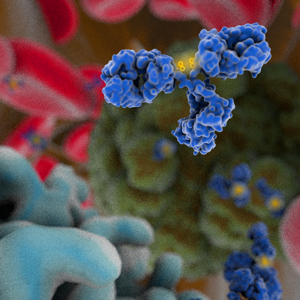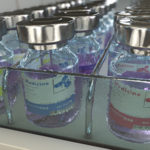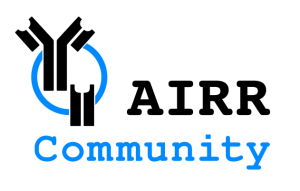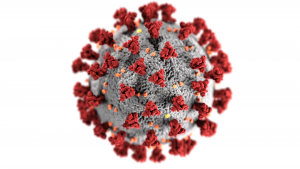 Congratulations to our winners!
Congratulations to our winners!
To recognize the research activities of promising student and postdoctoral attendees of Antibody Engineering & Therapeutics Europe, The Antibody Society sponsors a competition for members who submit posters for display at the meeting. Our judges select the best work based on originality, relevance and perceived impact on the field of antibody research and development.
This year, our judges selected one student and one postdoc winners who receive: 1) complimentary registration to all conference sessions; 2) an opportunity to give a short oral presentation of their work in one of the conference sessions; and 3) a lovely crystal award.
The winners of the contest are:
Ms. Monica Fernandez-Quintero (University of Innsbruck)
Poster title: Antibodies exhibit multiple paratope states that can differ in VH-VL domain orientations
Dr. Christian Fercher (University of Queensland)
Poster title: Development of Reagentless Fluorescence Immunosensors for Continuous Analyte Monitoring





